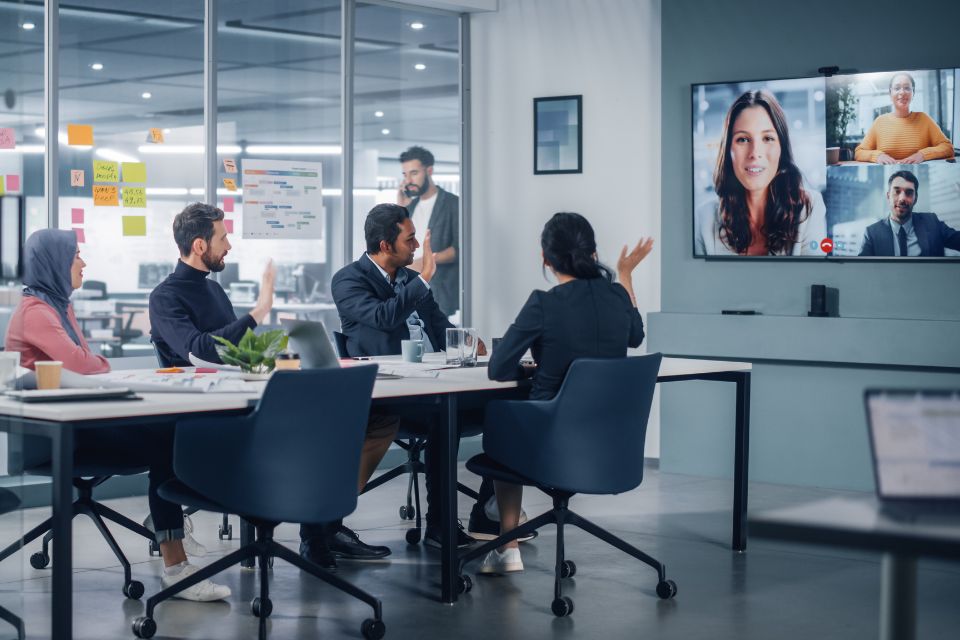The increasing environmental challenges that our world faces, such as climate change and resource depletion, have brought to the forefront the importance of eco-friendly buildings. These structures, designed with sustainability in mind, are pivotal for reducing harmful emissions, conserving natural resources, and creating healthier living and working spaces. For business owners and building managers, transitioning to more sustainable practices is not just an ethical responsibility; it also presents an opportunity to enhance operational efficiency, reduce costs, and improve the company’s public image. Check out these simple ways your building can positively impact the environment.
Go Digital
Transitioning to digital operations is a powerful step that commercial offices can take to reduce their paper waste. This shift not only minimizes clutter and enhances efficiency, but it also contributes to global efforts to curb deforestation. When offices go digital, they lessen the demand for paper, which in turn reduces the pressure on our forests. There are numerous ways to transition to digital operations.
For instance, offices can start using cloud-based storage solutions to store documents instead of using physical filing systems. Virtual meetings and network-shared notes further eliminate your building’s dependency on paper. Companies can also encourage digital invoices, receipts, and billing to reduce paper usage. By embracing these digital practices, commercial offices can play an essential role in promoting sustainability and protecting our environment.
Invest in Renewable Energy
Investing in renewable energy is a strategic decision that offers both environmental and financial advantages. When you power your building with renewable energy, you significantly reduce the emission of harmful greenhouse gases. These gases contribute to climate change and have detrimental effects on our planet’s ecosystems. By using renewable energy sources, such as wind, solar, or hydroelectric power, you support the reduction of our reliance on fossil fuels, promoting cleaner and more sustainable energy practices.
From a financial perspective, renewable energy can often be a cost-effective solution in the long run. Although the initial investment may be substantial, the ongoing costs of generating renewable energy are typically lower than those of traditional energy sources. Furthermore, many governments offer incentives and subsidies for businesses that make the switch to renewable energy, which can offset the initial setup costs. Over time, these savings can translate into significant financial benefits for your business.
Design Greener Restrooms
Designing greener restrooms is another effective way to reduce building costs and positively impact the environment. Automated fixtures, such as sensor-activated faucets and hand dryers, minimize water and energy use by operating only when necessary. Automatic faucets effectively conserve water and reduce costs associated with excessive utility use.
Dual flush toilets offer another opportunity for conservation. These toilets have two flush options—one for liquid waste and one for solid waste. The liquid waste option uses less water, leading to significant water savings over time. Energy-efficient features like LED lighting and motion sensors further reduce electricity consumption and costs. Beyond the financial benefits, these greener restroom designs contribute to water and energy conservation efforts, playing a part in the broader goal of environmental sustainability.
Consider these tips to help your building positively impact the environment and improve your commercial success and public image. With some effort and attention to detail, you can easily convert your commercial property into an eco-friendly workspace.

